|
Standard & Poor’s (S&P) Global Equity Indices measure the US dollar price change in the stock markets covered by the S&P Global Broad Market Index (BMI) and the S&P Frontier Broad Market Index (BMI). The Global BMI consists of 46 developed and emerging market countries, and the Frontier BMI is made up of 34 relatively small and illiquid markets. Each index includes a broad range of small, medium, and large cap companies within those countries. By Valentina Pasquali. Project Coordinator: Denise Bedell |
|
Data is from the Standard & Poor’s Global Equity Indices, 2003-2012. Global Equity Indices (annual % change)
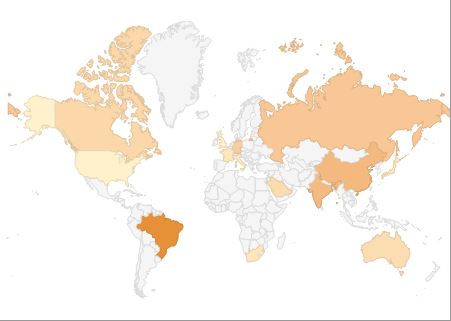 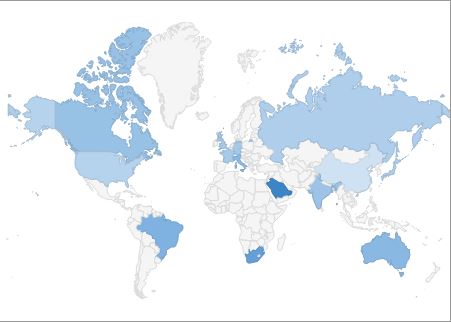 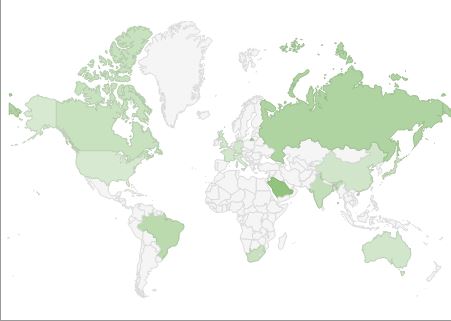 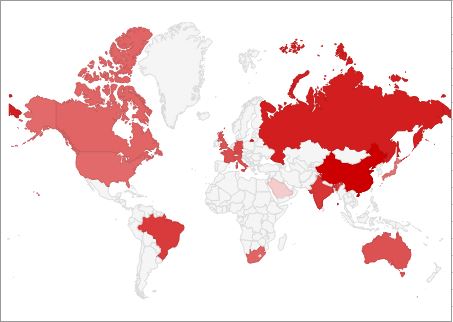 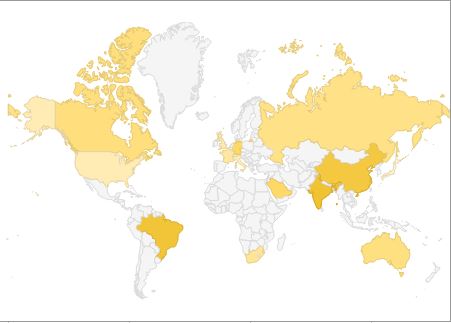 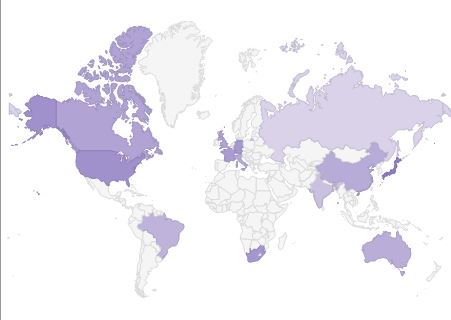 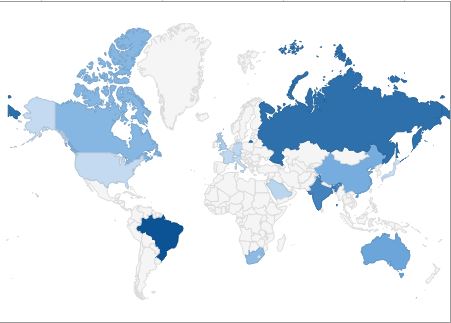  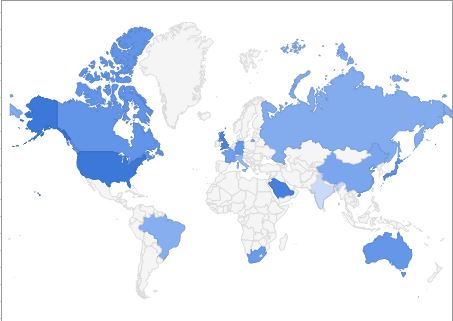 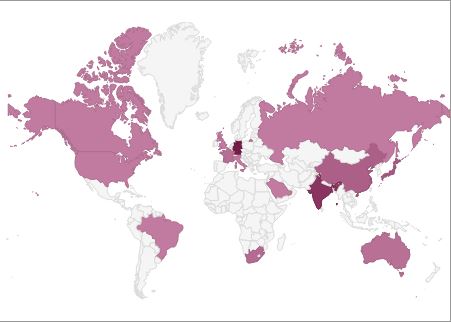 |
|
Global equity markets started the decade with a downturn, as the technology stock bubble burst and many equity market values tumbled. That negative trend would continue into 2002. However, 2003 saw big changes in equity values as both developed and developing countries soared up from the depths of the bear market. The positive trend would continue throughout most of the rest of the decade, until the effects of the global financial crisis began to build investor fears in 2008. Most countries in the S&P Indices experienced a serious negative impact on stock markets in 2008 as the effect of the global financial crisis took hold . In fact, the only country that did not have an overall decline in stock market values in 2008 was Bangladesh, which saw a 4.3% rise that year, followed by a 39% rise in 2009. However, Bangladesh’s stock market dropped in 2011 (-42.3%) and again in 2012 ( -14.32%). Clearly stock markets in developed economies were harder-hit by the crisis than were emerging economies. However, things started getting better after 2009. The S&P Broad Market Index (BMI) for Developed Markets showed a +10.7% annualized return over the previous three years—as of February 18th 2013—in comparison to a +6.51% three-year performance figure for the S&P Emerging Markets BMI. It is important to note the impact of exchange rate fluctuations on stock price volatility. Although exchange rate fluctuations are generally only a small fraction of stock market volatility, they do have an effect. And as volatility increases in exchange rates, so too does the impact that it has on stock markets. As a result, while the financial crisis of 2008 developed, the highly volatile US dollar accounted for a substantial portion of equity market volatility around the world. Although most developed and emerging markets did see stock markets rise again in 2009, a number of emerging and frontier markets continued to see declines all the way into 2012—including Argentina, Bahrain, Bangladesh, Jamaica, Morocco, Sri Lanka and Tunisia. In the grip of a worsening debt crisis, Greece was one of the worst performers in both 2010 (-43.8%) and in 2011 (-58.3%) but it went on the upswing in 2012 (+24.66%). Alongside Greece, although not to the same extent, 2010 was a bad year also for Spain (-24.5%,) Slovenia (-20.3%,) and Portugal (-16.6%.) Among the worst performers of 2011 were Argentina (-30.2,) Austria (-35.8%,) Cyprus (-71.9,) Egypt (-49.1%,) India (-38%,) Ukraine (-36.6), and, as already mentioned, Bangladesh and Greece. In 2012, Cyprus suffered yet again another huge fall (-41.25%), with Jamaica a far second with -18.5%. China went from a 52.7% decline in 2008 to a 66.3% increase in 2009. It only grew 6.9% in 2010 and shrank again 21.7% in 2011. In 2012 it posted a 17.17% increase. The US went from a 38.5% decline to grow 23.5% in 2009. But that’s where it stopped. In 2010, it only increased by 12.8% and in 2011 it came to a complete halt. Things seemed to take a turn for the better again in 2012, with a +13.4%. The UK followed a similar path, going from a 49.5% decline in 2008 to a 35.3%% increase in 2009, to a 5.2% growth in 2010 and a contraction of 6.1% in 2011. It then experienced modest growth in 2012 (+5.8%). |
|
Data is from the Standard & Poor’s Global Equity Indices, 2003-2012. S&P Global Equity Indices (Annual % Change, 2003-2013) Click on the column heading to sort the table.
Annualized Total Returns as of 18-February-2013 Click on the column heading to sort the table.
Annualized Total Returns as of 18-February-2013
|



